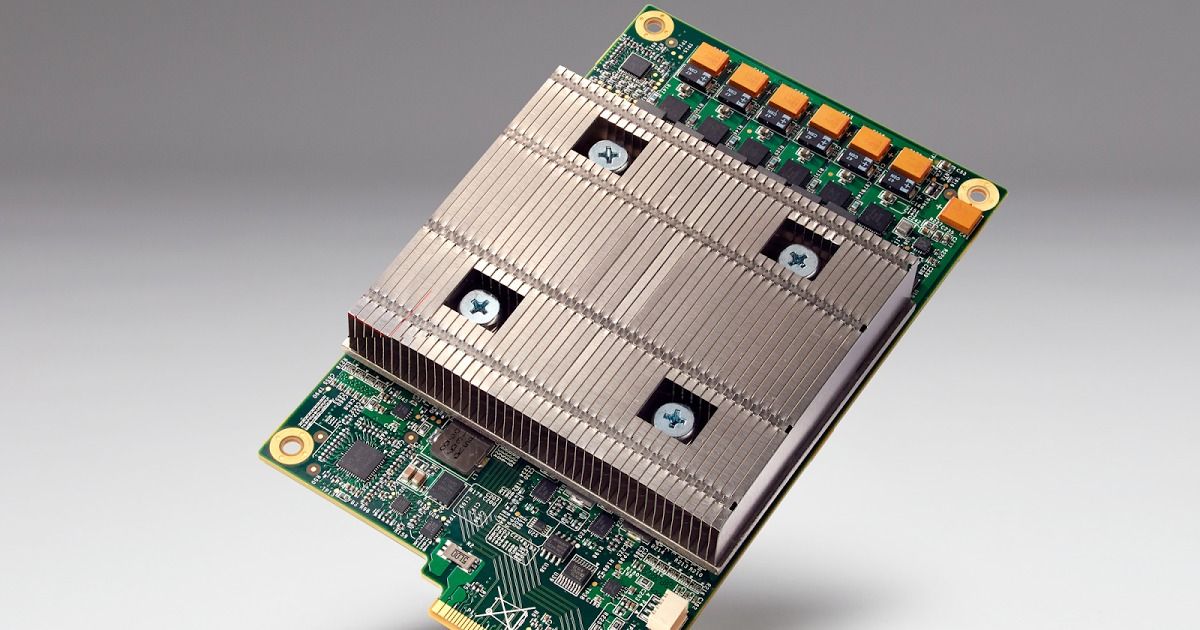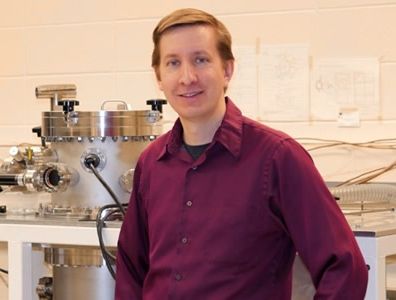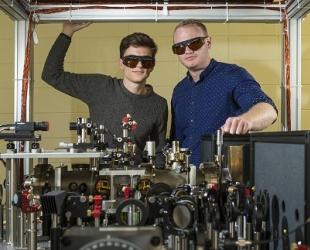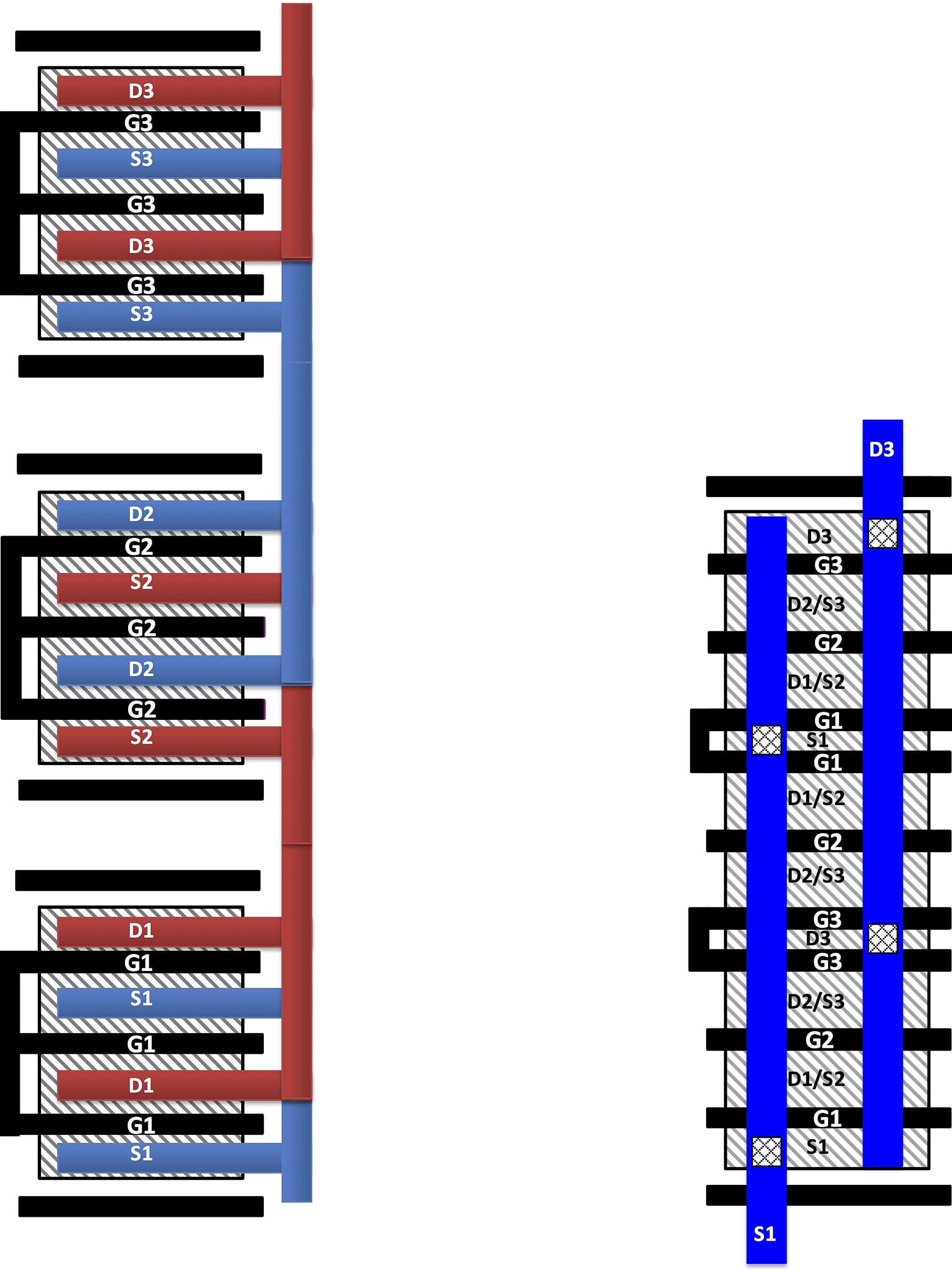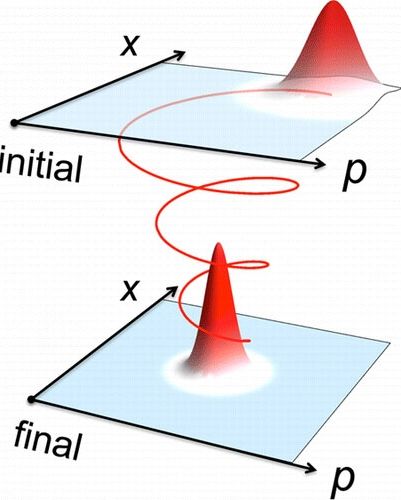QC will change many industries and even some fortunes as well. So, no wonders Canada & Australia both deem it as a priority.
Mike Lazaridis, founder of Blackberry Limited and the visionary who led the establishment of the Perimeter Institute for Theoretical Physics (PI), the Institute for Quantum Computing (IQC) at the University of Waterloo and Quantum Valley Investments, delivered a keynote address highlighting the Quantum Valley model in Waterloo Region, Ontario, Canada and the emphasis both federal and provincial governments have placed on the development of quantum technologies.
The Quantum Europe conference comes at a time when large scale investments from tech companies and governments around the world, including in Canada, are being made as part of the “Second Quantum Revolution” – a new global industry fueled by the commercialization of new transformative quantum technologies.
Mr. Lazaridis led a Canadian delegation to the Conference that included Lawrence Hanson, Assistant Deputy Minister, Innovation, Science and Economic Development Canada, Giles Gherson, Deputy Minister, Research and Innovation and Economic Development, Employment and Infrastructure Ontario and representatives from IQC and PI.
Read more
